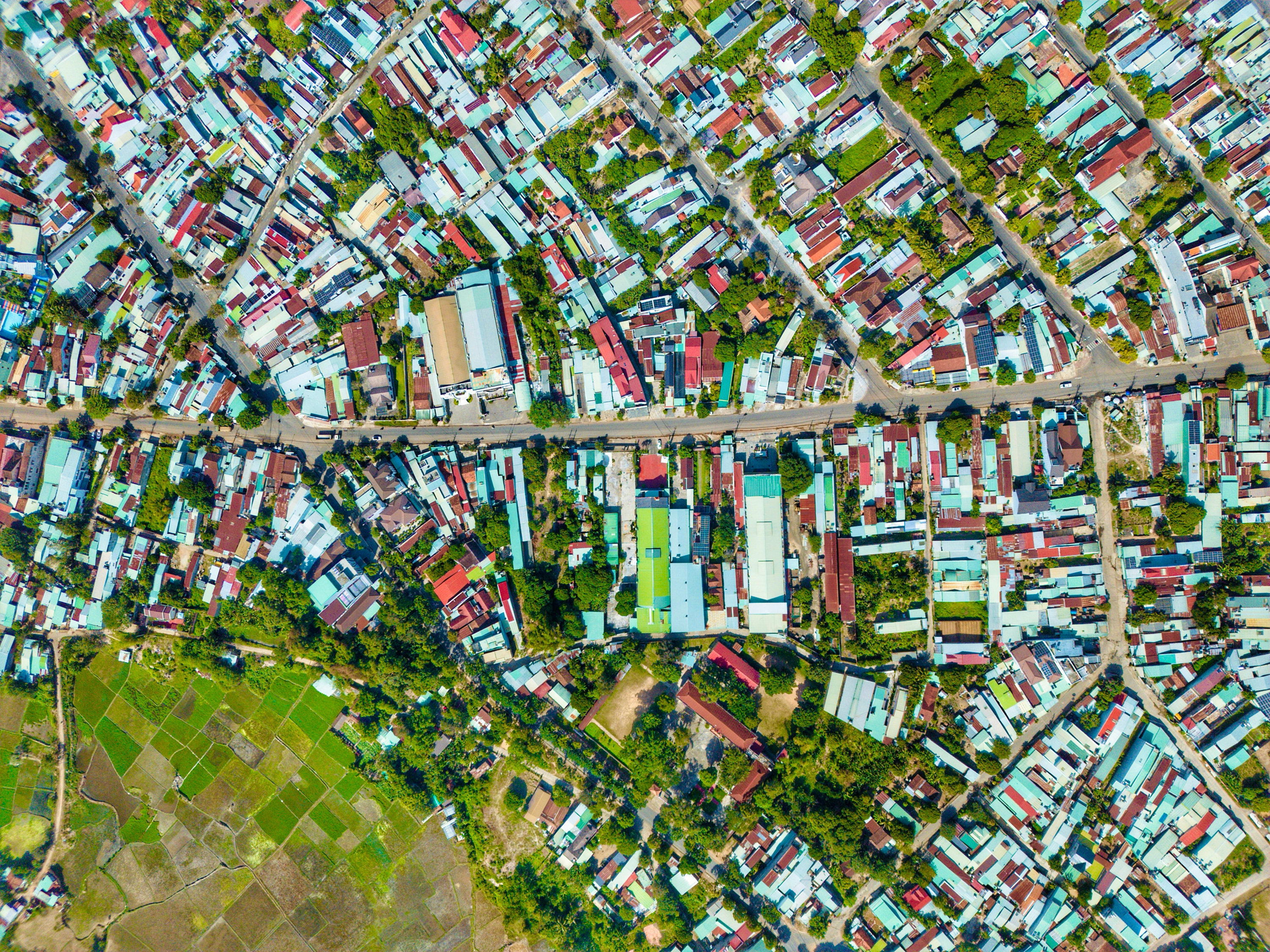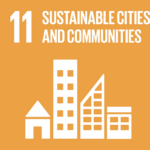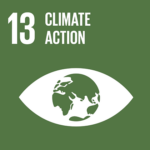FriGIS
Greening Cities, Cooling Lives
The Problem

There have never been as many people in the world as there are now. Urbanization has never been as high as it is now. And the degree of soil sealing in urban regions has never been as high as it is now. All of this is further overshadowed by climate change. No one is talking about the 1.5-degree target anymore. Climate change will reach over 4 degrees Celsius by 2100. The heat will have enormous consequences for cities.
In Berlin, there will be twice as many days with temperatures above 30degrees Celsius in 2049 as there were in 2000 – with enormous consequences for health and well-being. University College London predicts up to five times more heat-related deaths by 2050. And the so-called “heat island effect” in cities plays a decisive role in this.
The Solution
One of the most important countermeasures is greening. Whether on, in, or next to buildings, plants not only provide shade, but also have a strong cooling effect due to water evaporation.
The idea behind friGIS is to combine greening and adaptation plans with data and intelligent analysis to find the most effective way to cool cities. Specifically, we offer a tool that cities can use to analyze cities based on extensive data and identify heat islands without the need for expert committees. friGIS then creates a customized adaptation plan, primarily through greening, tailored precisely to the structural, location, and weather conditions. We provide a concrete action plan for implementing the project, show how much energy costs can be saved through cooling, and how much carbon dioxide can be sequestered. The Scenario Modelling enables the user to compare different greening plans and helps cities to understand the effort of our solution in the big picture. We also provide a detailed cost calculation and show which funding programs and local subsidies can be applied for. After the project has been implemented, we offer comprehensive monitoring tools to track the results.
The Teamleads







